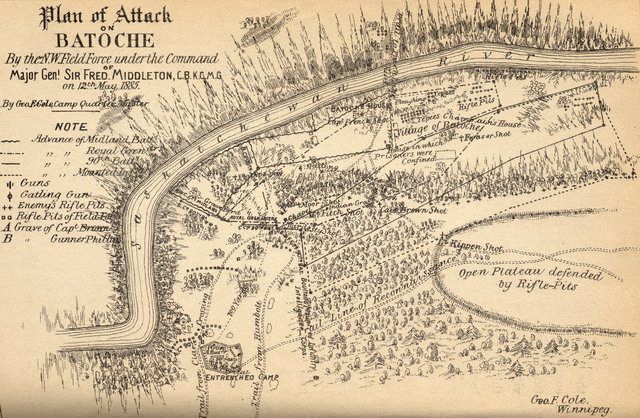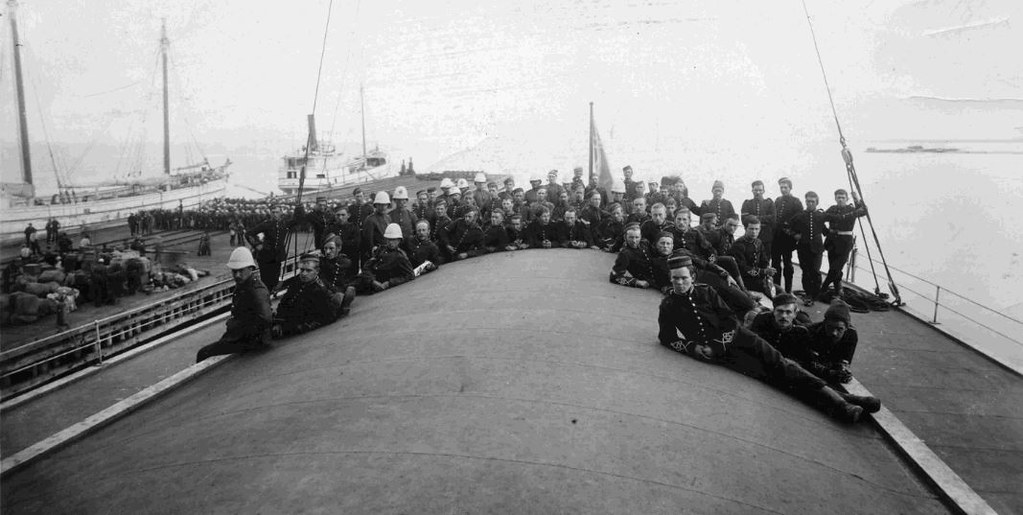NORTH-WEST REBELLION
NORTH-WESTERN, CANADA
In 1885, in reaction to the North-West Rebellion, the federal government placed A Troop of the Cavalry School Corps and other units on active service.
The troop patrolled the government force’s main lines of communication during the rebellion.


THE MOBILIZATION
Two years after it had been formed, the Cavalry School Corps received its warning order on the 7th day of April and moved out four days later.
“A” Troop Cavalry School Corps left Quebec City for Winnipeg traveling by rail with forty-eight all ranks and thirty-three horses. Arriving on April 19, they were joined by the Winnipeg Troop of Cavalry (later to become “B” Troop, RCD). Their job was to escorting supply convoys, maintain communications and guard the flank of operations against any roving hostile forces. The Regiment’s main A.O.R. (Area of Responsibility) was Touchwood Hills south east of Saskatoon.
THE PLAN
General Middleton’s plan of action was simple.
Three columns of troops would move north from three different points along the railway to relieve the threatened areas. General Middleton de-trained at Troy and moved toward Batoche and Prince Albert. Colonel Otter left from Swift Current for Battleford. General Strange headed north from Calgary to Edmonton and then down the Saskatchewan River for Big Bear’s encampment near Fort Pitt. The troops began preparations to move almost immediately, though there were a few problems. Equipment was in short supply and there was no real support structure for a fighting force. In addition, the route out west had to be an all Canadian one. The last battle was fought on the 26th of May. In August, the Regiment was ordered home.
In recognition of their fine work during the rebellion, the Regiment was awarded its first battle honour “NORTH WEST CANADA 1885” in 1895.

